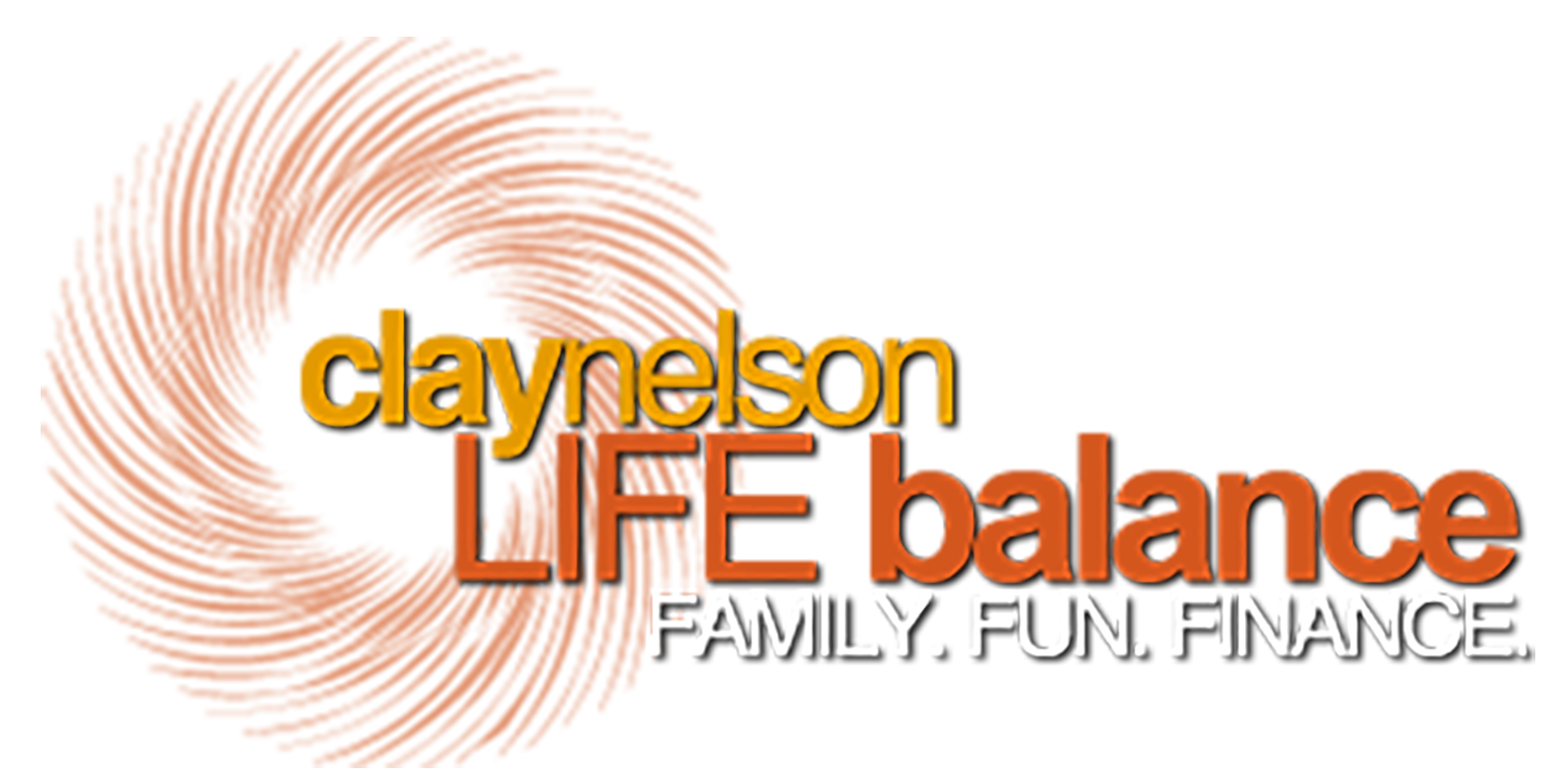Fruitful Feedback
Regardless of how “constructive” feedback is meant to be, most people are put on the defensive the second a meeting is called. To give and receive true constructive feedback, both parties must be committed to full and complete communication. Full and complete communication leaves no room for people to read between the lines. It provides space for people to speak what is on their mind in a respectful and constructive way.
HOW TO RECEIVE “POOR” CONSTRUCTIVE FEEDBACK
When receiving unhelpful feedback, ask for clarification. Let the communicator know that you don’t fully understand what they are saying and ask them to explain it another way. Express how the communication has made you feel and allow the giver the opportunity to clarify. If you skip this step, not only are you left feeling wrong, but the communicator won’t learn anything either.
HOW TO RECEIVE “GOOD” CONSTRUCTIVE FEEDBACK
Regardless of the quality of the communication, as human beings, all of us bristle at the thought of having done something incorrectly. Since this is a normal reaction, you need to be aware of your tendencies, thicken your skin if necessary, and see constructive feedback as the gift that it is. Acknowledge what you got out of the communication and put into practice the lessons learned.
HOW TO GIVE CONSTRUCTIVE FEEDBACK
First, ask permission to speak straight.
Speak in first person (ie: “I remember when I was working on a similar project several years ago and this same thing happened to me. This is how I handled it…”)
When providing constructive feedback – or communicating anything for that matter – speak so others understand what you are communicating. Everyone filters what they hear in different ways. It’s your responsibility to make sure your feedback is received.
Be open to discussing what you are communicating. Encourage questions and ask the receiver to give back, in their own words, what they got out of your communication with them.
Don’t leave people feeling wrong – emphasize that mistakes are part of how we learn, and learning from constructive feedback allows us to avoid similar mistakes in the future.
Always communicate fully — leave no room for misinterpretation.
Acknowledge and thank the other person for allowing you to contribute to them.
